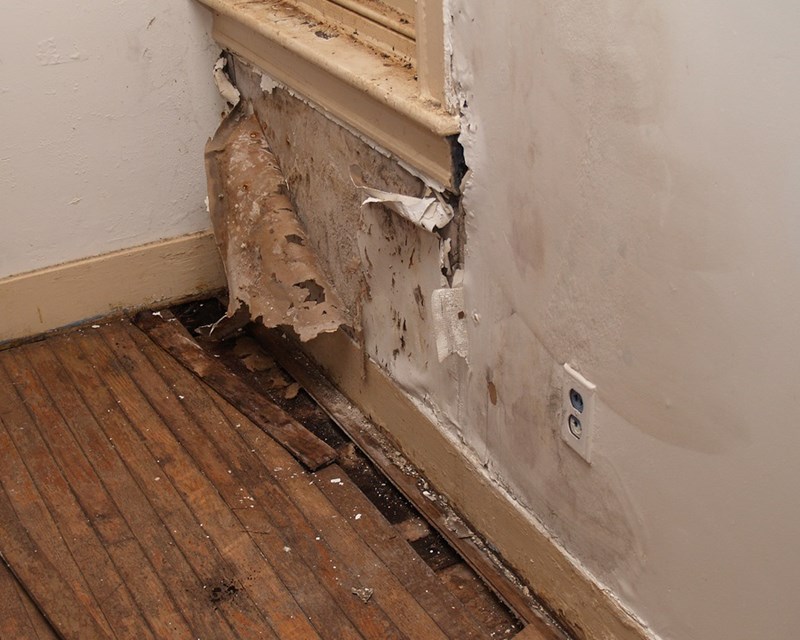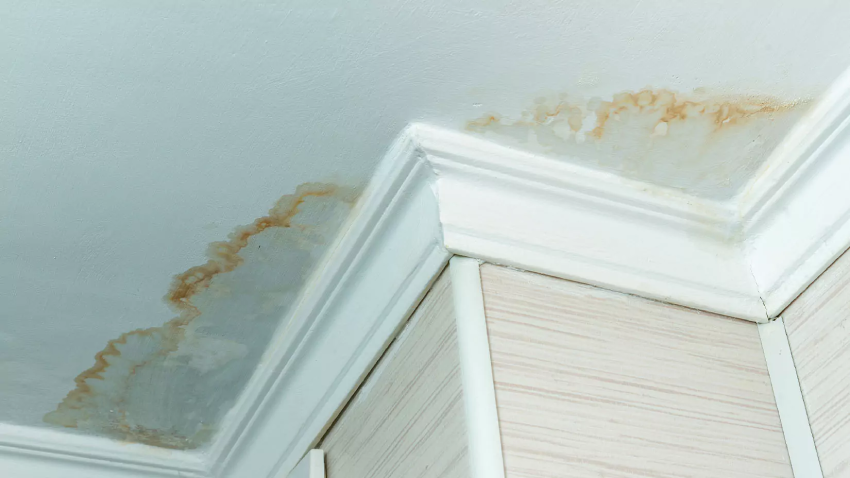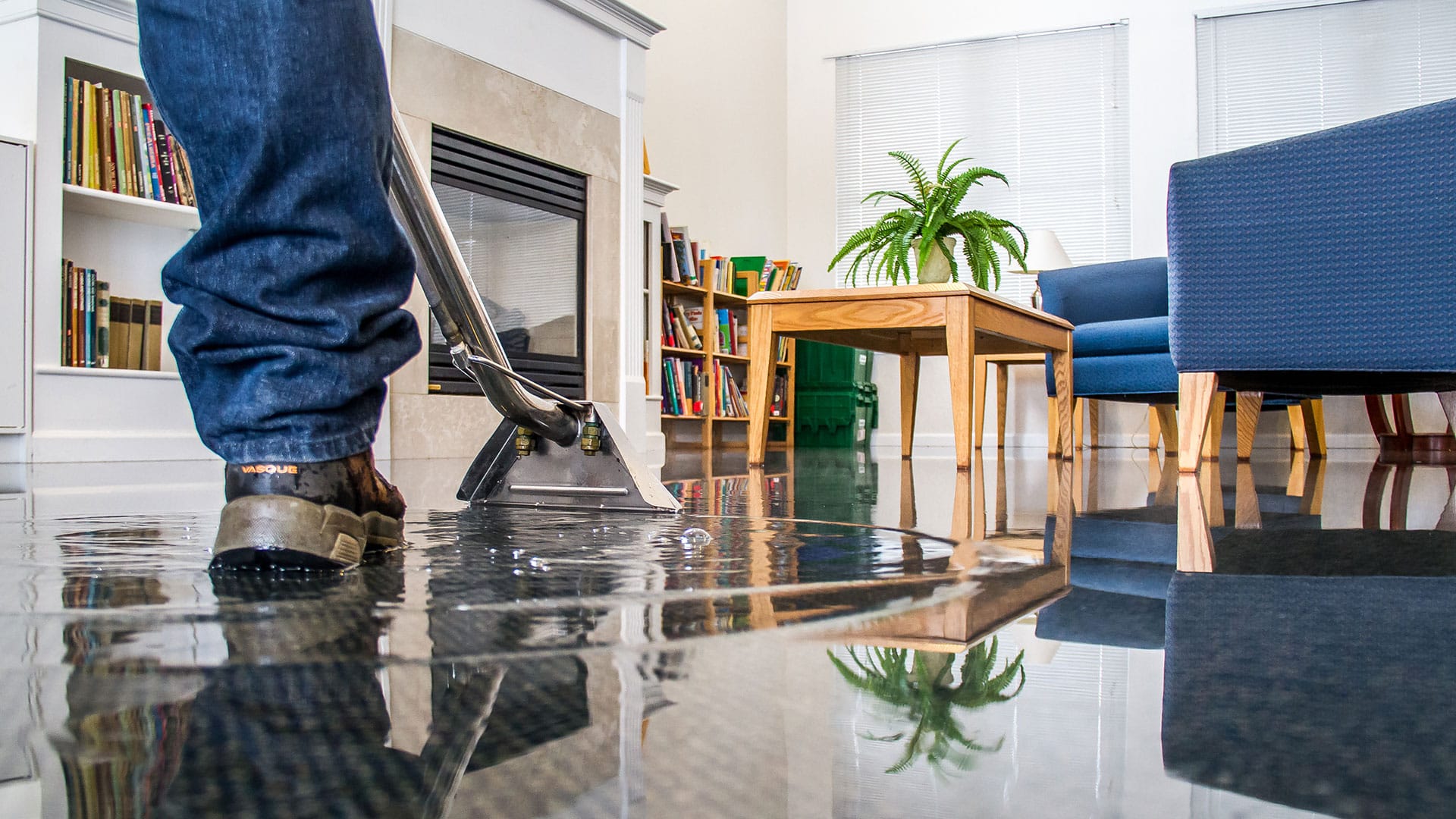Affordable Water Damage Repair Services for Every Homeowner in Need
The Process of Water Damages Cleanup: Ensuring Your Home Is Recovered Successfully
Water damage can be a challenging challenge for property owners, demanding a careful and organized cleanup procedure to bring back safety and security and capability. damage restoration services. Following this, efficient water extraction strategies play a pivotal role in minimizing additional injury.
Examining the Damage
Upon uncovering water damage, the initial step is to completely analyze the degree of the impact. This preliminary examination is important, as it aids determine the needed steps for reliable cleanup and remediation. Begin by checking the affected locations, consisting of walls, ceilings, floorings, and individual possessions, to recognize the source of the water invasion, whether from flooding, leakages, or condensation.
Documenting the damages is necessary for both insurance claims and planning repair initiatives - damage restoration services. Use photos and written notes to catch the seriousness of the damage, noting any type of damaged structural elements and materials. Pay unique interest to locations that might not be immediately noticeable, such as behind wall surfaces and under carpetings, as hidden moisture can cause more complications, including mold and mildew growth
In addition, analyze the timeline of the water direct exposure. The longer the materials continue to be damp, the greater the potential for damage. Recognizing the period of direct exposure will certainly notify the seriousness of removal efforts. Eventually, a detailed assessment prepares for a successful water damage cleaning process, making sure that all impacted areas are dealt with successfully and extensively.
Water Removal Strategies

Experts typically employ submersible pumps for bigger volumes of water, which can swiftly relieve flooding in cellars or other influenced locations. For smaller sized quantities, wet/dry vacuums are usually used to extract residual moisture from carpets and difficult surfaces. In addition, making use of mobile extractors allows for targeted removal in confined areas or areas with delicate materials.
In circumstances of contaminated water, such as sewer or floodwater, progressed removal strategies may include using biohazard devices to make sure safety and security and compliance with wellness laws. High-powered removal devices are crucial in decreasing water retention in architectural products, which can bring about mold and mildew development and structural degeneration otherwise addressed promptly.
Inevitably, the performance of water removal strategies plays a crucial function in the total success of the water damages clean-up process, preparing for succeeding reconstruction initiatives.
Drying and Dehumidification
When standing water has been effectively removed, the next vital phase in the water damages cleanup process is drying out and dehumidification. This step is important to prevent further damages and mold growth, which can happen within 24 to 48 hours in damp settings.
To accomplish effective drying, specific equipment such as industrial-grade air moving companies and dehumidifiers is employed. Air movers distribute air across advice wet surfaces, enhancing dissipation rates, while dehumidifiers minimize humidity levels airborne, promoting a conducive setting for drying. The mix of these tools makes sure that wetness is attracted out from furnishings, floorings, and walls, enabling them to completely dry extensively.
It is necessary to keep an eye on the drying procedure carefully. Specialists frequently utilize dampness meters to evaluate the wetness web content in numerous products, guaranteeing that all impacted locations get to appropriate dry skin degrees. This thorough approach helps to avoid concealed dampness pockets that can lead to architectural damage or undesirable mold growth.

Cleaning and Disinfecting
After the drying and dehumidification stage is complete, the following important action in water damage cleanup is cleaning up and sanitizing the impacted locations. This procedure is important to stop the development of mold, germs, and various other microorganisms that grow in moist settings.
The cleansing phase typically includes getting rid of any particles, dust, and pollutants from surface areas using specialized cleaning representatives. For tough surfaces, a combination of soap and water or business cleansing products is typically used. Soft materials, such as upholstery and carpetings, might require a lot more extensive cleaning techniques, consisting of vapor cleaning or deep extraction methods, to ensure extensive cleanliness.

Sanitizing follows cleaning, using EPA-approved anti-bacterials to eliminate damaging bacteria. This step is crucial, particularly in areas that may have entered into contact with floodwaters or sewage, as these sources can position major health and wellness threats.
Furthermore, it is important to address any remaining odors, which might call for making use of odor neutralizers or innovative strategies like ozone therapy. Appropriate cleaning and sanitizing not only bring back the safety and health of your home yet additionally lay the groundwork for successful restoration and repairs in succeeding stages of the water damage cleaning process.
Restoration and Fixings

Once the assessment is complete, repair efforts can start. This normally involves fixing or changing damaged products, guaranteeing that all work complies with local building regulations and standards. As an example, if drywall has actually been endangered, it will certainly need to be eliminated and replaced with new material. Additionally, flooring may require similar attention, depending on the level of water direct exposure.
It is vital to involve skilled restoration specialists during this process, as they have the experience to handle intricate repair services efficiently. Furthermore, they can assist minimize possible future issues, such as mold and mildew growth or architectural instability, therefore making sure a safe and habitable living environment. Ultimately, effective reconstruction and repair work redirected here recover the home's integrity and improve its overall worth.
Conclusion
Finally, the procedure of water damage clean-up is crucial for bring why not check here back a home to its pre-damage problem. Each phase, from evaluating the damages to executing reliable water removal techniques, complied with by thorough drying, disinfecting, and essential repair work, plays a crucial function in ensuring safety and compliance with building requirements. Efficient implementation of these steps not only reduces immediate damage yet also enhances the long-term integrity and value of the residential or commercial property.
Water damage can be a difficult challenge for property owners, necessitating a thorough and organized cleanup procedure to bring back safety and performance. Ultimately, a thorough analysis lays the groundwork for a successful water damages cleanup procedure, making sure that all affected locations are addressed successfully and extensively.
Efficient water extraction methods are essential in alleviating damage and protecting against more issues adhering to a water intrusion event.In verdict, the process of water damage cleaning is essential for restoring a home to its pre-damage condition. Each stage, from assessing the damage to applying effective water extraction methods, complied with by complete drying out, sanitizing, and required repair services, plays an essential role in making sure safety and security and conformity with structure criteria.